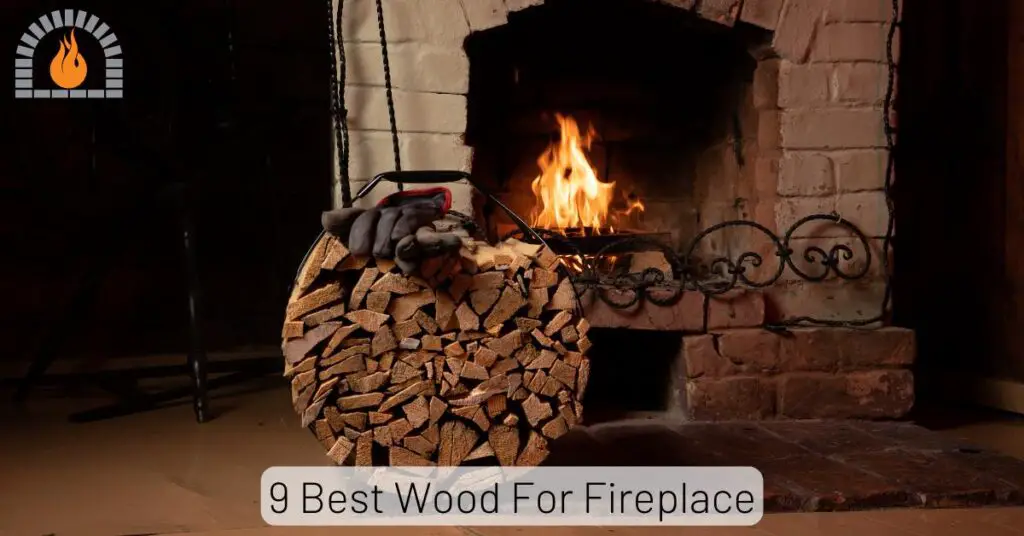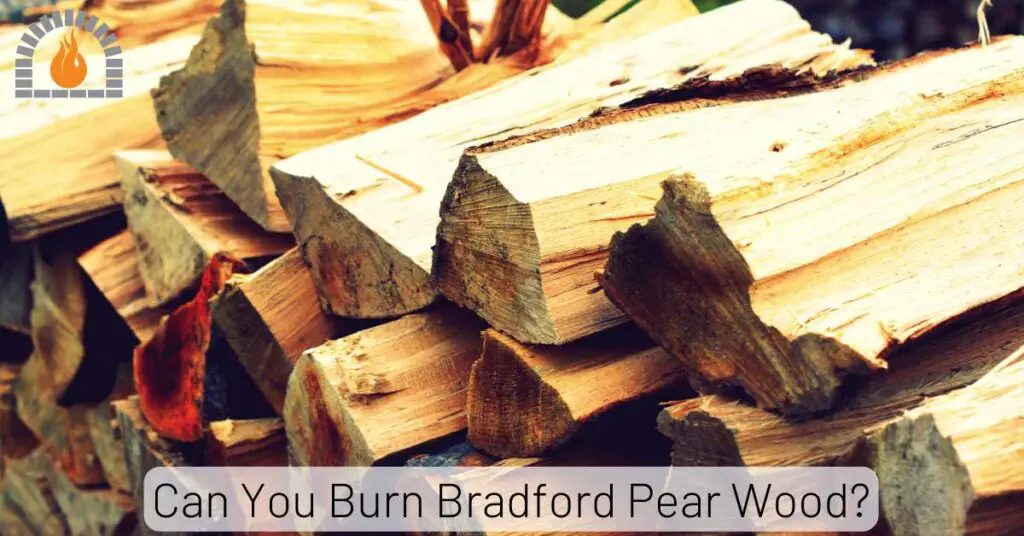Properly sharpening your chainsaw chain is crucial for optimal performance, safety, and extending the life of your equipment. The correct sharpening angles determine how efficiently your chainsaw cuts, how much effort you need to apply, and how safe the tool is to operate.
Whether you’re a professional logger or a weekend warrior maintaining your property, understanding chainsaw sharpening angles is essential knowledge that will transform your cutting experience from frustrating to satisfying.
Key Takeaways
- The correct sharpening angle for most chainsaws typically ranges between 25-35 degrees, with 30 degrees being the most common
- Different cutting conditions and wood types may require angle adjustments for optimal performance
- Using the right file size for your chain is just as important as maintaining the correct angle
- Consistency in sharpening all teeth at the same angle is crucial for smooth operation
- Regular maintenance and proper sharpening techniques can extend chain life by up to 50%
Sharpening Chainsaw Angles Chart
| Chain Type | Standard Angle | Softwood Angle | Hardwood Angle | Dirty Wood Angle | Ripping Angle |
|---|---|---|---|---|---|
| Standard Chain | 30° | 35° | 25° | 20° | Not recommended |
| Low-profile Chain | 35° | 40° | 30° | 25° | Not recommended |
| Full-skip Chain | 25° | 30° | 20° | 15° | Not recommended |
| Semi-skip Chain | 30° | 35° | 25° | 20° | Not recommended |
| Ripping Chain | Not applicable | Not applicable | Not applicable | Not applicable | 10-15° |
Understanding Chainsaw Chain Anatomy
Before diving into sharpening angles, it’s essential to understand the basic components of a chainsaw chain. A typical chain consists of several key parts that work together to cut through wood efficiently:
- Cutters: These are the teeth that do the actual cutting. They have two main parts:
- Top Plate: The flat surface on top of the cutter that determines the cutting angle
- Side Plate: The vertical surface that forms the side of the cutter
- Depth Gauges (Rakers): These small protrusions in front of each cutter determine how deep the cutter bites into the wood. They’re crucial for controlling cutting speed and preventing kickback.
- Drive Links: The parts that fit into the guide bar and are pulled by the sprocket to move the chain around the bar.
- Tie Straps: These connect the cutters and drive links together.
Understanding these components is fundamental to grasping why sharpening angles matter so much. The angle of the top plate and side plate directly affects how the chain interacts with the wood, influencing cutting speed, smoothness, and safety.
The Importance of Proper Sharpening Angles
Maintaining the correct sharpening angles is not just about keeping your chainsaw cutting efficiently—it’s also about safety and equipment longevity. When your chainsaw chain is properly sharpened:
- Cutting Performance: A correctly sharpened chain cuts faster and more efficiently, reducing operator fatigue and improving productivity.
- Safety: Properly sharpened chains are less likely to cause kickback, one of the most dangerous aspects of chainsaw operation. They also require less force to operate, reducing the risk of losing control.
- Chain Life: Regular and proper sharpening can significantly extend the life of your chain. A dull chain that’s forced through wood causes excessive heat and wear, leading to premature replacement.
- Fuel Efficiency: A sharp chain requires less power from the engine, which translates to better fuel efficiency and reduced emissions.
- Reduced Wear on Other Components: When your chain is sharp, it puts less stress on the bar, sprocket, and engine, extending the life of your entire chainsaw.
Common Sharpening Angles and Their Applications
Different chainsaw manufacturers and chain types specify different sharpening angles based on the intended use of the chainsaw. Understanding these angles and when to use them will help you get the best performance from your equipment.
Standard Sharpening Angles
Most standard chainsaw chains are sharpened at an angle between 25-35 degrees, with 30 degrees being the most common. This angle provides a good balance between cutting speed and durability for general-purpose cutting.
Aggressive Cutting Angles
For faster cutting in softwoods or when you need to maximize cutting speed, angles between 35-40 degrees can be used. These more aggressive angles cut faster but may dull more quickly, especially when cutting hardwood or dirty wood.
Durability-Focused Angles
For cutting in abrasive conditions or when chain longevity is a priority, angles between 20-25 degrees are recommended. These more durable angles stay sharp longer but cut more slowly.
Specialized Angles for Specific Chains
Some specialized chains have unique angle requirements:
- Low-profile chains: Often used on consumer-grade saws, these typically use angles around 30-35 degrees.
- Full-skip chains: Designed for professional use on larger saws, these often use angles around 25-30 degrees.
- Ripping chains: Designed for cutting with the grain (such as when milling lumber), these use much lower angles, typically around 10-15 degrees.
Tools Needed for Sharpening a Chainsaw
To properly sharpen your chainsaw chain, you’ll need the right tools. Here’s what you should have in your sharpening kit:
Essential Sharpening Tools
- Round Files: The most important tool for chainsaw sharpening. The size must match your chain’s pitch.
- File Guide: Helps maintain the correct angle while filing. This is crucial for consistency across all teeth.
- Depth Gauge Tool: Used to check and adjust the raker height, which determines how deep the cutters bite into the wood.
- Flat File: Used to adjust the depth gauges.
- Sturdy Vise or Clamp: To hold the bar steady while you work.
Optional but Helpful Tools
- Electric Sharpener: For those who sharpen frequently or want professional results.
- Dremel with Chainsaw Attachment: A powered alternative to hand filing.
- File Holder: Some find this helpful for maintaining consistent pressure.
- Cleaning Brush: To remove debris before sharpening.
Chainsaw File Size Chart
Using the correct file size is just as important as maintaining the correct angle. Here’s a chart to help you select the right file for your chain:
| Chain Pitch | Recommended File Size | Common File Diameter |
|---|---|---|
| 1/4″ | 4/32″ (3.2mm) | 5/32″ |
| 3/8″ Low Profile | 5/32″ (4.0mm) | 3/16″ |
| 3/8″ | 3/16″ (4.8mm) | 7/32″ |
| 0.325″ | 3/16″ (4.8mm) | 7/32″ |
| 0.404″ | 7/32″ (5.5mm) | 1/4″ |
Step-by-Step Guide to Sharpening Your Chainsaw
Now that you understand the angles and have the right tools, let’s walk through the sharpening process:
Step 1: Preparation
- Clean the chain thoroughly to remove any dirt, sap, or debris.
- Secure the chainsaw bar in a vise or clamp to keep it steady during sharpening.
- Put on safety gloves to protect your hands from the sharp cutters.
Step 2: Identify the Starting Point
- Mark the first tooth you’ll sharpen with a permanent marker or chalk to help you track your progress.
- Check the existing angle on the teeth before you begin to ensure you maintain consistency.
Step 3: File the Cutters
- Position the file guide on the first cutter, aligning it with the existing angle.
- File from the inside of the cutter to the outside, using smooth, full strokes.
- Apply light pressure—let the file do the work.
- File each tooth the same number of strokes (typically 3-5) to maintain consistency.
- Only file in one direction (away from your body).
Step 4: Alternate Sides
- After finishing one side of the chain, move to the other side and repeat the process.
- Remember to maintain the same angle and number of strokes on each tooth.
Step 5: Check and Adjust Depth Gauges
- After sharpening the cutters, check the depth gauge height using a depth gauge tool.
- If the depth gauges are too high, use a flat file to lower them according to the manufacturer’s specifications.
- Most chains require a clearance of 0.025″ (0.65mm) between the top of the depth gauge and the top of the cutter.
Step 6: Final Inspection
- Check all teeth to ensure they’re uniformly sharpened.
- Look for any damaged or broken components that may need replacement.
- Remove the chain from the vise and reinstall it on the saw if you removed it.
Common Mistakes to Avoid When Sharpening
Even experienced chainsaw users can make mistakes when sharpening. Here are some common pitfalls to avoid:
Inconsistent Angles
One of the most common mistakes is not maintaining a consistent angle across all teeth. This causes uneven cutting, vibration, and can be dangerous. Always use a file guide and check your work frequently.
Using the Wrong File Size
Using a file that’s too large or too small for your chain will result in improper sharpening. Always refer to the manufacturer’s recommendations or the file size chart above.
Filing in the Wrong Direction
Always file from the inside to the outside of the cutter. Filing in the opposite direction can damage the cutting edge and reduce its effectiveness.
Neglecting Depth Gauges
Many people focus only on sharpening the cutters and forget to check and adjust the depth gauges. This can result in poor cutting performance and increased kickback risk.
Over-filing
Removing too much metal from the cutters will shorten the life of your chain. File only enough to restore a sharp edge.
Unequal Pressure
Applying uneven pressure while filing can result in an inconsistent cutting edge. Use smooth, even strokes with light pressure.
How Often Should You Sharpen Your Chainsaw?
The frequency of sharpening depends on several factors:
Usage Factors
- Type of Wood: Cutting dirty wood or wood with embedded nails, dirt, or gravel will dull your chain much faster than clean wood.
- Cutting Technique: Forcing the saw through the cut or letting the chain touch the ground will accelerate dulling.
- Chain Quality: Higher-quality chains typically hold their edge longer.
Signs Your Chain Needs Sharpening
- The saw no longer pulls itself through the cut.
- You see fine sawdust instead of wood chips.
- The chain looks shiny or feels blunt to the touch.
- You smell burning wood during cutting.
- The cut becomes crooked or wanders.
General Sharpening Frequency
As a general rule:
- For occasional homeowners: Sharpen after every 2-3 tanks of fuel.
- For regular users: Sharpen after every tank of fuel or when performance drops.
- For professional users: May need sharpening multiple times per day.
Advanced Sharpening Techniques
Once you’ve mastered the basics, you might want to explore some advanced techniques to optimize your chainsaw’s performance:
Angle Adjustments for Specific Conditions
- Frozen Wood: Reduce the angle by 5 degrees to prevent chipping and breaking of the cutters.
- Soggy/Wet Wood: Increase the angle by 5 degrees for faster cutting.
- Hardwood: Use a slightly lower angle (25-30 degrees) for durability.
- Softwood: Use a slightly higher angle (30-35 degrees) for speed.
Raker Adjustment Techniques
Fine-tuning the raker height can significantly impact cutting performance:
- For faster cutting in softwood: Lower the rakers slightly (increase the depth).
- For smoother cuts in hardwood: Raise the rakers slightly (decrease the depth).
- For dirty or abrasive conditions: Raise the rakers to reduce the bite and extend chain life.
Specialized Filing Patterns
Some professional loggers use specialized filing patterns for specific applications:
- Alternative Filing: Filing every other tooth to different angles for specific cutting conditions.
- Corner-Hold Filing: Creating a small flat spot on the corner of the cutter for increased durability in abrasive conditions.
Safety Considerations When Sharpening
Safety should always be your top priority when working with chainsaws, including during sharpening:
Personal Protective Equipment
- Gloves: Wear cut-resistant gloves to protect your hands from the sharp cutters.
- Eye Protection: Use safety glasses to protect your eyes from metal filings.
- Hearing Protection: If using power sharpening tools, wear hearing protection.
Safe Sharpening Practices
- Always disconnect the spark plug before working on your chainsaw.
- Secure the chainsaw firmly in a vise or clamp.
- Keep files and other tools organized to prevent accidents.
- Never file toward your body—always file away.
- Keep a first aid kit nearby in case of accidents.
How do I prevent my chainsaw chain from dulling so quickly?
To extend the time between sharpenings:
- Avoid touching the ground or dirt with the chain.
- Keep the chain properly lubricated.
- Don’t force the saw through the cut—let the chain do the work.
- Keep the rakers properly adjusted.
- Use the correct chain for the type of wood you’re cutting.
- Ensure your chain is properly tensioned.
You May Also Like:
FAQs
What is the best angle for sharpening a chainsaw chain?
The best angle for most general-purpose chainsaw chains is 30 degrees. However, the optimal angle can vary based on the chain type and cutting conditions. For softwoods, you might use 35 degrees for faster cutting, while for hardwoods, 25 degrees might be better for durability. Always check the manufacturer’s recommendations for your specific chain.
How do I know what angle my chainsaw chain is currently sharpened at?
You can determine the current sharpening angle by using a filing guide with angle markings. Place the guide on a cutter and adjust it until it matches the existing bevel. Many filing guides have markings that indicate the angle. Alternatively, you can use a protractor or an angle finder tool to measure the existing angle.
Can I sharpen my chainsaw chain too much?
Yes, it’s possible to over-sharpen a chainsaw chain. When you remove too much metal, the cutters become shorter and eventually won’t reach the wood anymore. A good rule of thumb is to stop sharpening when the cutter is about 1/4″ (6mm) long. At this point, it’s time to replace the chain.
What’s the difference between a round file and a square file for chainsaw sharpening?
Round files are used for standard chainsaw chains with rounded cutters. Square files (or files with square cross-sections) are used for square-ground or chisel chains, which have a more aggressive cutting profile but are also more challenging to sharpen. Most consumer chains use round files, while many professional chains use square files.
Affiliate Disclosure: Fireplaceadviser.com is a participant in the Amazon Services LLC Associates Program. We may earn a commission when you click on certain links on this site and purchase.

Hello!! I am Jamal Khan. I often fix my home electric heaters and gas stove problems and research the common issues in the heating units to improve my knowledge and expertise. The aim of establishing fireplaceadviser.com is to share my expertise and knowledge with my audience.


















